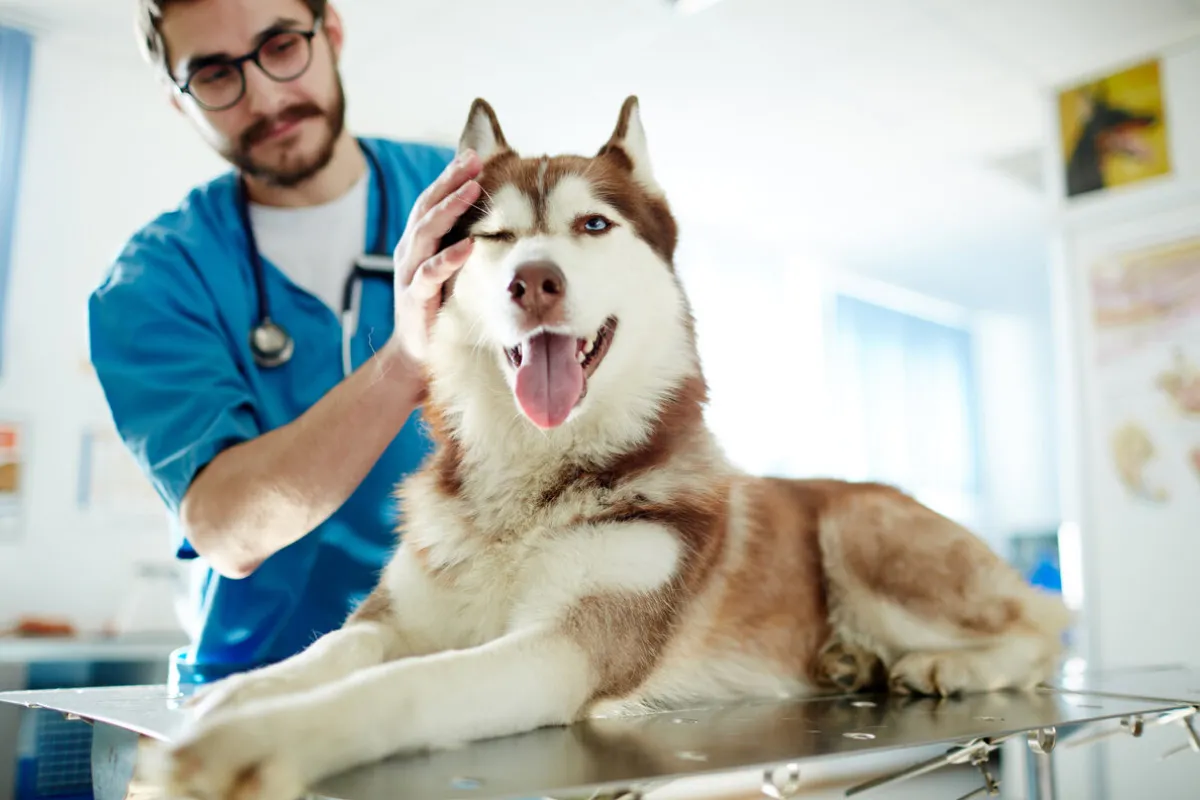In an ever-evolving landscape, the animal health industry is full of innovation and opportunity. In our pursuit to help animal health companies futureproof their businesses, we discuss five pivotal trends that are reshaping the industry's trajectory.
The animal health product landscape is on the brink of a new era, driven by advancements in technology, changes in consumer preferences, regulatory developments, and a deeper understanding of animal health and welfare. We’ve identified five key trends in this space and delve into the challenges and opportunities that they present for animal health companies.
Five trends shaping the animal health product landscape
1. Pet owner care for companion animals continues to increase
Products that cater to companion animal wellbeing, health, and overall care are in focus like never before. This development can be linked to a growing emotional bond between humans and pets, an expanding middle class able to afford pet healthcare, and increasing awareness around animal health. Increasing pet owner involvement and ability/willingness to pay impact demand, needs, and price sensitivity.
Meanwhile, as more and more healthcare plans cover routine care, pet owners’ priorities and decision making are also changing. How can animal health companies make the most of this growth?
Our recommendation: • Build partnerships with vet chains, specialized retailers and private insurances to prioritize your brands. • Explore direct-to-pet owner opportunities to take charge of the pet owner relationship |
2. Products are becoming more accessible (e.g., shift to eCommerce, Rx-to-OTC switch)
Mirroring a broader shift toward online shopping across all industries, there has been a noticeable shift toward ecommerce for companion animal health products, and many key brands can now be found across different channels.
Meanwhile, more and more veterinary prescription medications are becoming available for purchase over the counter. With prescription medication, decisions are mostly driven by the vet. Whereas with OTC products, pet owner involvement will further increase, opening up new ways for manufacturers to communicate with them.
In short, while vets will remain important in certain segments (especially more complex treatments for diseases like arthritis, diabetes, and cancer), we will see a shift in pet owners shopping journey in others (e.g., parasitics).
How should manufacturers respond to this change in treatment focus? And how can they accommodate a new generation of pet owners empowered to take an active role in their pets’ healthcare?
Our recommendation: • Review your assortment strategy to consider different shopping occasions and channels while sharpening your trade marketing activities • Fence your vet-driven products from your retail-driven products via a clear product positioning and value story |
3. More and more innovative specialty medicines (e.g., monoclonal antibodies, stem cells) are being launched, allowing for new treatment options
As the number of specialty medicines being developed and launched increases, the demand for them also continues to grow. These advanced treatments like monoclonal antibodies and stem cell therapies reflect the emergence of new indications and therapeutic areas, such as atopic dermatitis and chronic kidney disease.
The first monoclonal antibodies (mAbs) and stem cell products have already entered the market, paving the way for new products. Here, manufacturers can establish themselves and offer new avenues for treating various medical conditions in animals. However, new product categories require market education and a well thought-through launch strategy that balances business ambitions with pet owner and veterinarian openness to these treatments.
Our recommendation: • Optimize your launch price, explore novel go-to-market tactics, and refine your sales approach (e.g., vet engagement, targeting, partnerships) to boost access and realize your commercial potential |
4. Disease prevention is a top priority (e.g., vaccines, parasiticides)
Zoonotic risks are more in focus than ever before, calling for robust preventive measures. The recent pandemic has emphasized the interconnectedness of human and animal health, along with the need to safeguard both populations through proactive strategies. We expect an increasing relevance of innovative vaccines for highly disruptive diseases (e.g., bird flu) to protect both animals and humans.
While vaccine development comes with challenges, such as regulatory scrutiny and the need for ongoing innovation, it also opens up opportunities for animal health companies to both lead in the market and make a positive impact on global health.
Our recommendation: • Companion animals: Expand your product portfolio to include a range of solutions that cater to pet owners’ needs at various stages of their pets’ lives, supported by stronger engagement with customers. • Livestock animals: Explore new areas such as medical nutrition, pro/pre-biotics, and other disease prevention solutions, including targeted marketing efforts and communication strategies to resonate with the livestock farming community. |
5. Digital technologies (e.g., predictive software, monitoring tech)
Whether it’s GPS tracking to monitor movement within a herd, RFID tags to track and manage individual animals, or disease surveillance platforms to prevent outbreaks – the integration of digital technologies is poised to revolutionize how we manage the health of livestock.
However, promoting digital solutions for herd management demands a distinctive approach compared to traditional livestock health products. It entails continuous customer engagement and may encompass value-added services such as data-driven analytics, personalized herd monitoring, diagnostic tools, and innovative monetization models like “healthy herds as a service.” Is your company prepared to embrace the future of livestock health management?
Our recommendation: • Develop new monetization models to participate along the entire value chain and shift from being a product manufacturer to a service provider |
How we can help
The animal health industry is primed for growth. We at Simon-Kucher can help you focus on the right opportunities to increase value, growth, and profit. Whether it’s difficulty in monetizing the value of specialty care innovations, a need to manage your customer base cross-border, or limited experience with offer configuration and pricing models, our global team of experts are here to help.
With decades of experience from around the world, our teams help to revolutionize our clients’ business in both the companion animal and livestock segments. By focusing solely on unlocking better growth, we ensure commercial success and maximize the opportunities in this evolving landscape.
Read the case study here.
Thanks to contributors Stefan Hasse and Armin Ackassi!

